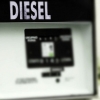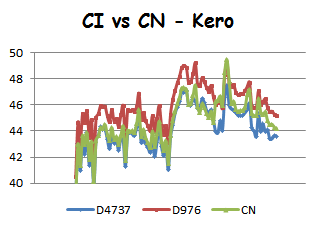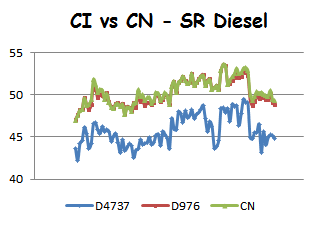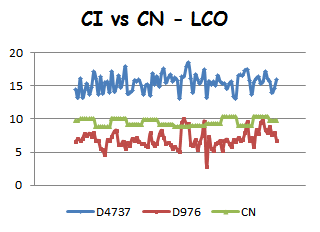RL Blogs

By Process Pro Eric
Sep 07, 2015Good tips on what you should know for Diesel Cetane. |
||||||
| Let’s face it… while maximizing diesel production trumps gasoline production these days, not many refinery operators, engineers, nor managers really understand diesel specs that well. The most commonly misunderstood spec is diesel cetane.
Cetane Number (CN) is a measure of a fuel’s ignition delay in an engine. A higher cetane number indicates shorter ignition delay. Since diesel engines act somewhat oppose to gasoline engines, shorter ignition delay (i.e. higher cetane number) fuels provide better performance. This is why many refiners refer to cetane as the opposite of octane. U.S. cetane number spec is set at 40, while fuels in EU and elsewhere can have cetane number specs of 51 or higher.
Like most other specs, diesel cetane number is a specification that is measured with lab equipment – in this case a Cooperative Fuel Research (CFR) engine. Unlike other specs, cetane number measurement by CFR engine is rather difficult and costly. Many refinery labs are not equipped to measure cetane number by engine, so many refiners rely on correlations.
Refiners who rely on cetane correlations can use the calculated Cetane Index (CI) to estimate cetane number. In the U.S. there are two ASTM test method correlations, D976 and D4737, both of which rely on ASTM D86 distillation and density.
While D976 (two-variable) is often used as a surrogate test method for setting aromatic specs in diesel fuel, it is often not used as a preferred means of calculating Cetane Index these days. This is because a larger offset generally exists between the measured Cetane Number (CN) and the calculated Cetane Index (CI) when using ASTM D976.
D976 worked fairly well when the correlation was first developed and most diesel formulations consisted primarily of straight run diesel components. As oil refining technology advanced, diesel fuels had a higher composition of cracked and aromatic stocks from Cokers and FCCs. Furthermore, in today’s environment where synthetic and oil sand crudes distort “straight run” diesel qualities, more robust correlations became necessary to better predict cetane.
For those engineers interested to know the equations behind the two-variable and four-variable correlations, the formulas below show the calculation of CI by D976 and D4737. While neither are exactly straight-forward, you can see that the four variable equation has a higher complexity.
Since many refineries do not have cetane engines, most engineers do not appreciate the offset between D976 & D4737 with the measured cetane number. The data below shows various diesel streams and compares estimated cetane index with measured cetane
API. As you can see, The 2-variable equation does a fairly decent job of cetane prediction for traditional diesel properties.
Although D4737 better predicts CI for diesels containing cracked stocks, the very low API of this LCO breaks the correlation for an individual stream assessment.
To summarize the information above, each refiner should rigorously check the bias between measured cetane number and calculated cetane index on an occasional basis. Depending on the quality of your diesel stream, D976 and D4737 cetane index correlations will provide vaying levels of accuracy.
A savvy process engineer should also be mindful of refinery configuration changes. It can pay-out big bucks to scrutinize diesel giveaway when unit shutdowns occur. When FCC units go offline and LCO production declines, one should re-assess the cetane balance and not blindly use the ASTM CI correlations to predict cetane.
As one last tip to note, many refineries use cetane improver to increase the cetane number of finished diesel fuel. While additives can truly improve Cetane Number (CN), they do not affect Cetane Index (CI). Depending on whether your efinery is cetane number or cetane index limited, improver may or may not make a difference. Also be mindful that cetane improver has a response curve decline. Beyond an optimal dosage rate, you receive limited benefit for incremental additive usage. | ||||||
|

.jpg)
.png)
.png)











